1,575 days, 2,408 entries ...
Newsticker, link list, time machine: HOLO.mg/stream logs emerging trajectories in art, science, technology, and culture––every day
January 2021
“People need to realize that some of their most intimate moments have been weaponized.”
Artist-researchers Adam Harvey and Jules LaPlace, in collaboration with the Surveillance Technology Oversight Project (S.T.O.P.), launch Exposing.AI, an online tool that lets users find out whether their Flickr photos have been used for training commercial face recognition and biometric analysis systems. The web app scans across twelve notorious datasets and provides deep analysis: MegaFace (image), for example, includes 3,311,471 Flickr photos used by Amazon, Google, and other corporate giants.
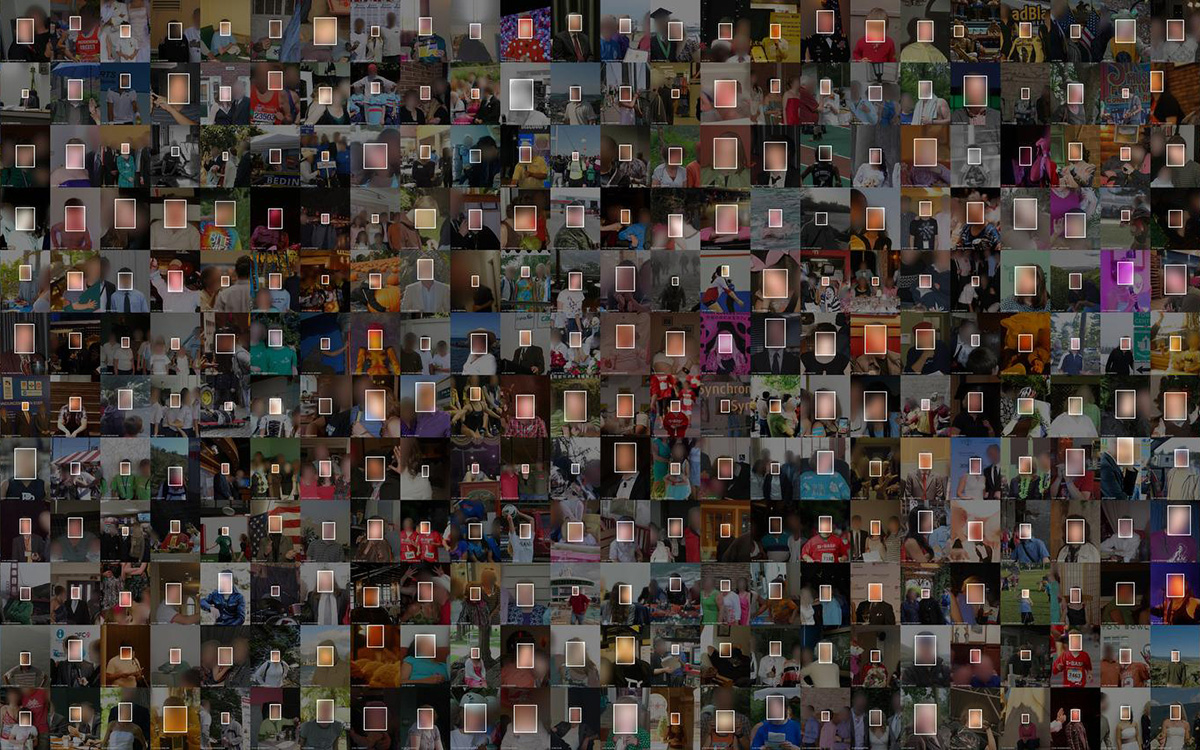
“Pas froid aux yeux,” an extensive retrospective of digital art pioneer Vera Molnar, opens at Espace de l’Art Concret (EAC) in Mouans-Sartoux, France. Curated by director Fabienne Grasser-Fulchéri in partnership with the Museum of Fine Arts of Rennes, the show surveys seventy years of generative geometry, from Molnar’s earliest pencil drawings to her latest commission: Orthogonal (image) is a room-sized, glow-in-the-dark rendition of an eponymous line drawing series from 2011-13.
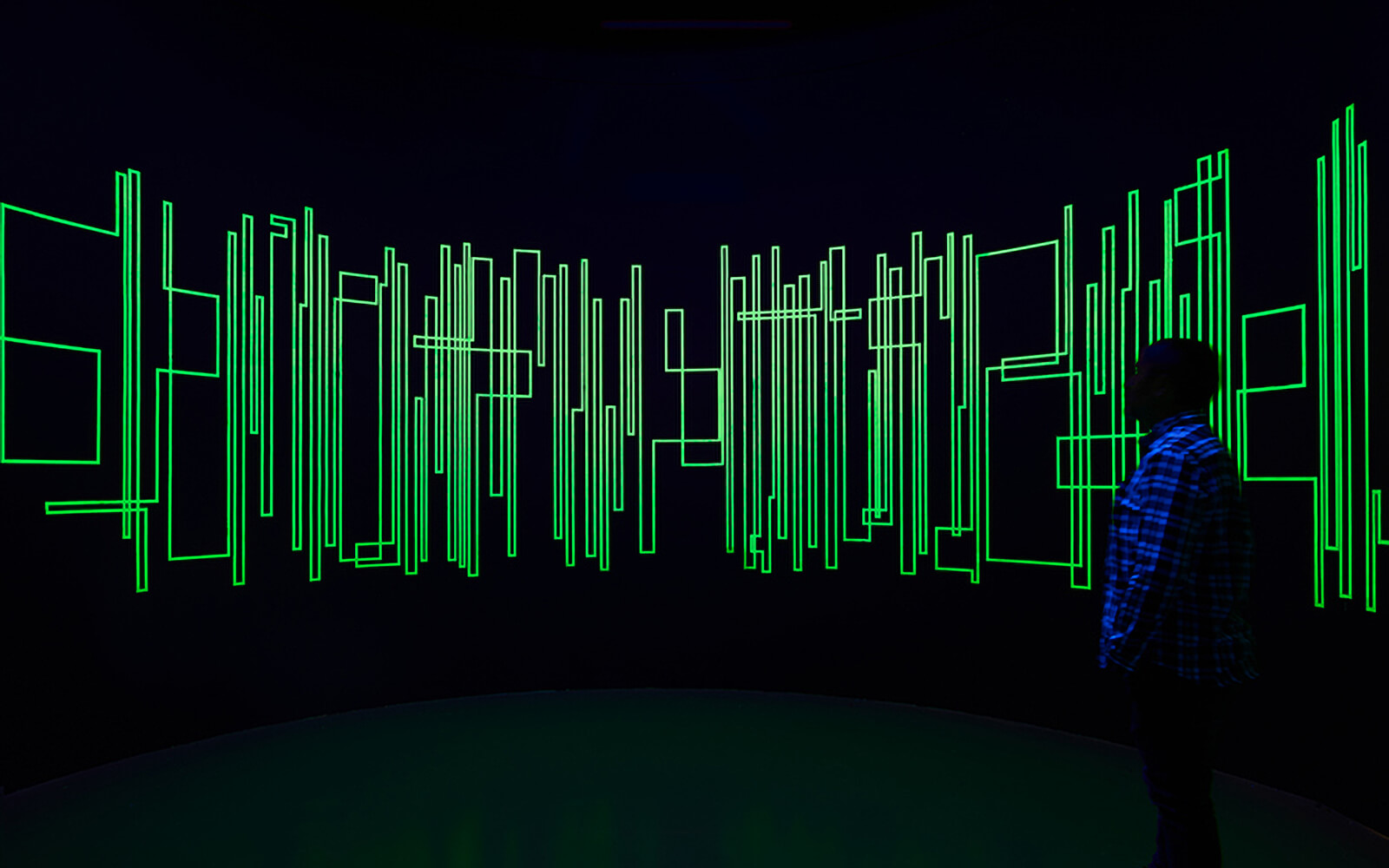
Capping r/wallstreetbets’s triumphant pump of videogame retailer Game Stop’s stock (that torpedoed hedge fund Melvin Capital in the process), digital marketer Matei Psatta celebrates IRL.
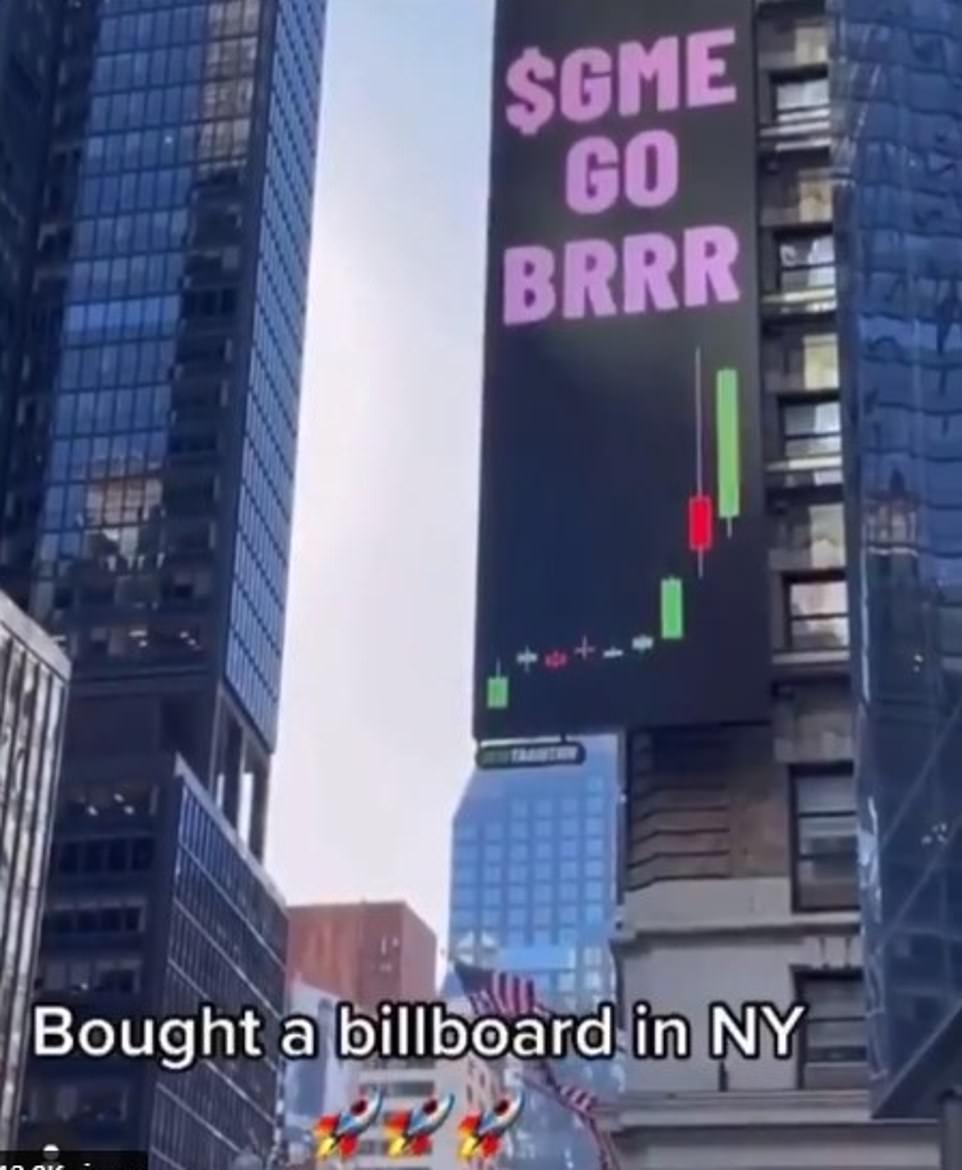
“To be ready for 2035, I need to build battery plants, I need to do battery development, I need to develop electric vehicles.”
Ralf Baecker premieres A Natural History of Networks (SoftMachine), a performance streaming live from Berlin’s STATE Studio as part of CTM Festival. Inspired by the work of British cybernetician Gordon Pask, Baecker devised an electrochemical instrument—the SoftMachine—to modulate a liquid metal alloy inside an electrode-equipped petri dish. The emerging fractal patterns, controlled via algorithmic electrical signals, reveal what Baecker describes as an “alternative computational and technological material regime.”
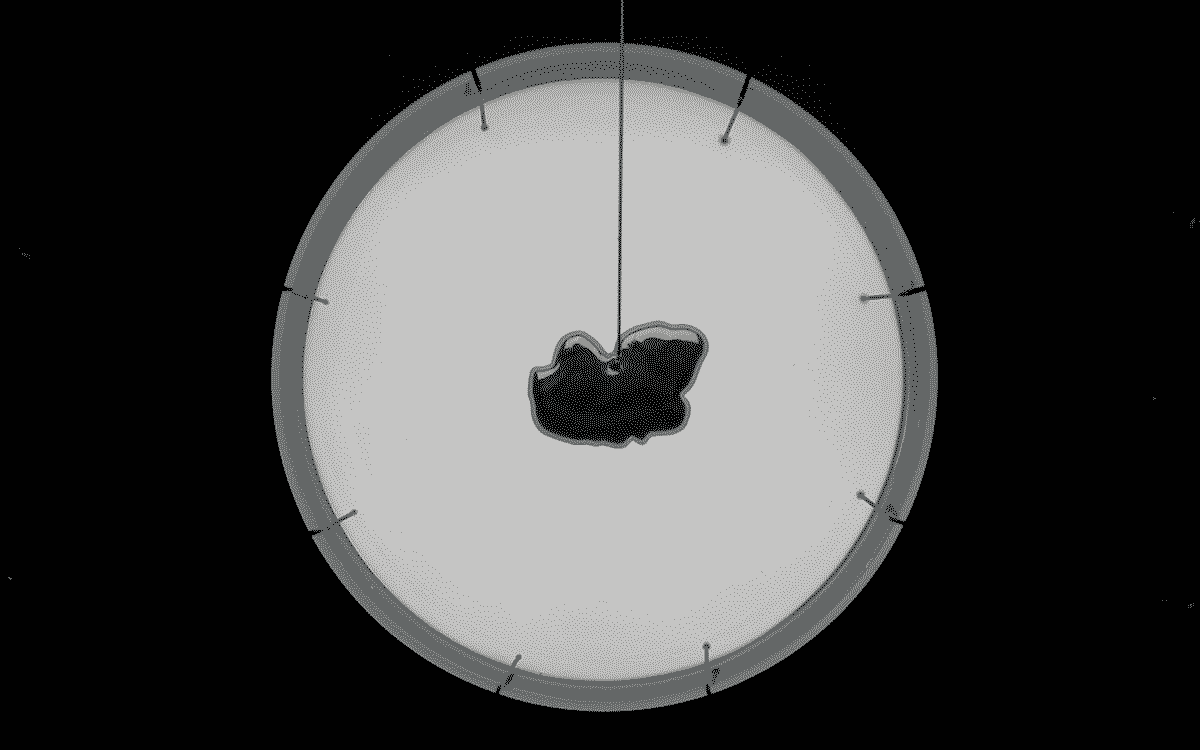
“What if, instead of using ethology to reaffirm our human-centric perspective on life, we looked to nature for ideas of how to do things better—particularly when it comes to growth?”
Two years after its original release in 2018, the Rafael Lozano-Hemmer documentary Megalodemocrat premieres in the U.S.. Shot over 10 years in 17 different countries, the Benjamin Duffield-directed film offers an intimate look into how the Mexican-Canadian media artist transforms public spaces such as Trafalgar Square, the Vancouver Olympics (image), and New York’s Park Avenue Tunnel with large-scale interactive works.
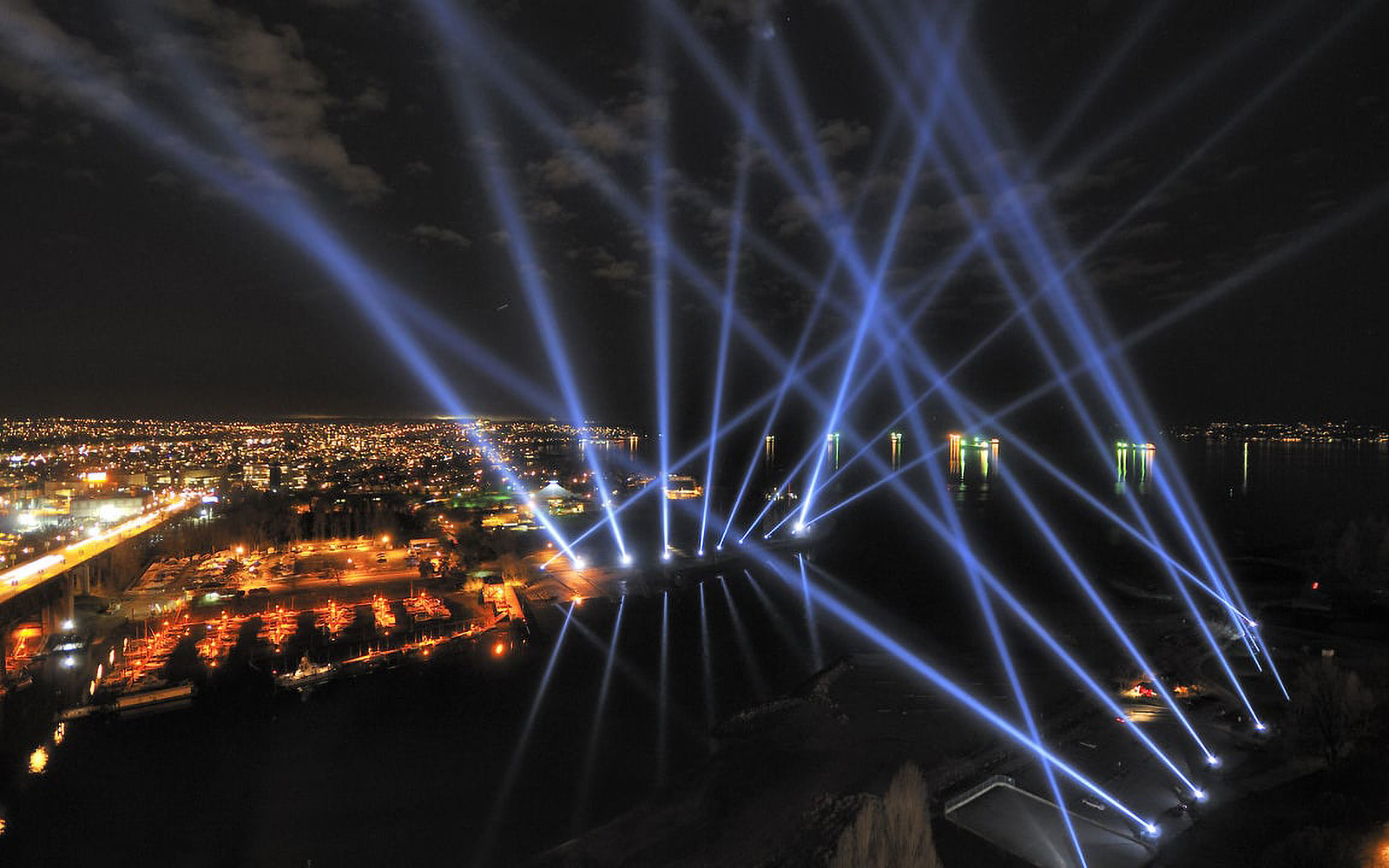
“It is more than no. It is not an exit, nor is it passive. Instead it is a beginning.”
“Instead of having ‘idea dinners’ or quiet whispered conversations amongst hedge funds in the Hamptons these kids have the courage to do it transparently in a forum.”
A commentary on the decreasing lifespan of consumer electronics, Benjamin Gaulon adds Internet Compression to his long-running series of tech artefacts entitled Tech Mining (2002–). The hand-sized brick, produced during France’s first lockdown, constitutes a beyond-repair wireless router the artist reverted into a state of “inert matter” by shredding. “The resource takes the front stage,” Gaulon writes on his website, “the design is abolished, the utility is gone, still, a plastic object is present in the form of ultimate waste.”
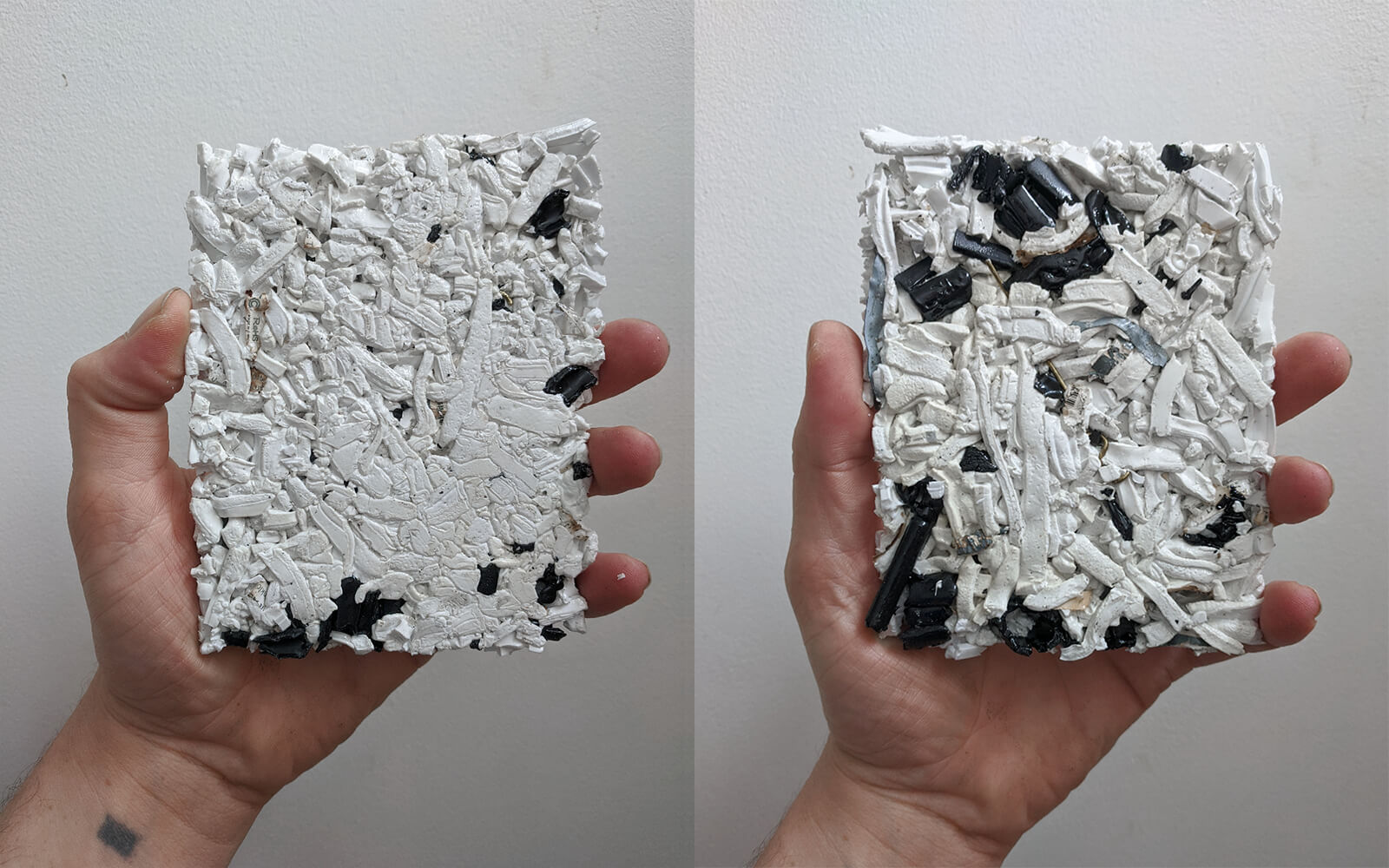
“There are no false idols here. Worlds unfold inside worlds, all stimulating something else and speculating on the architecture of hope.”
Omar Kholeif
Art in the Age of Anxiety
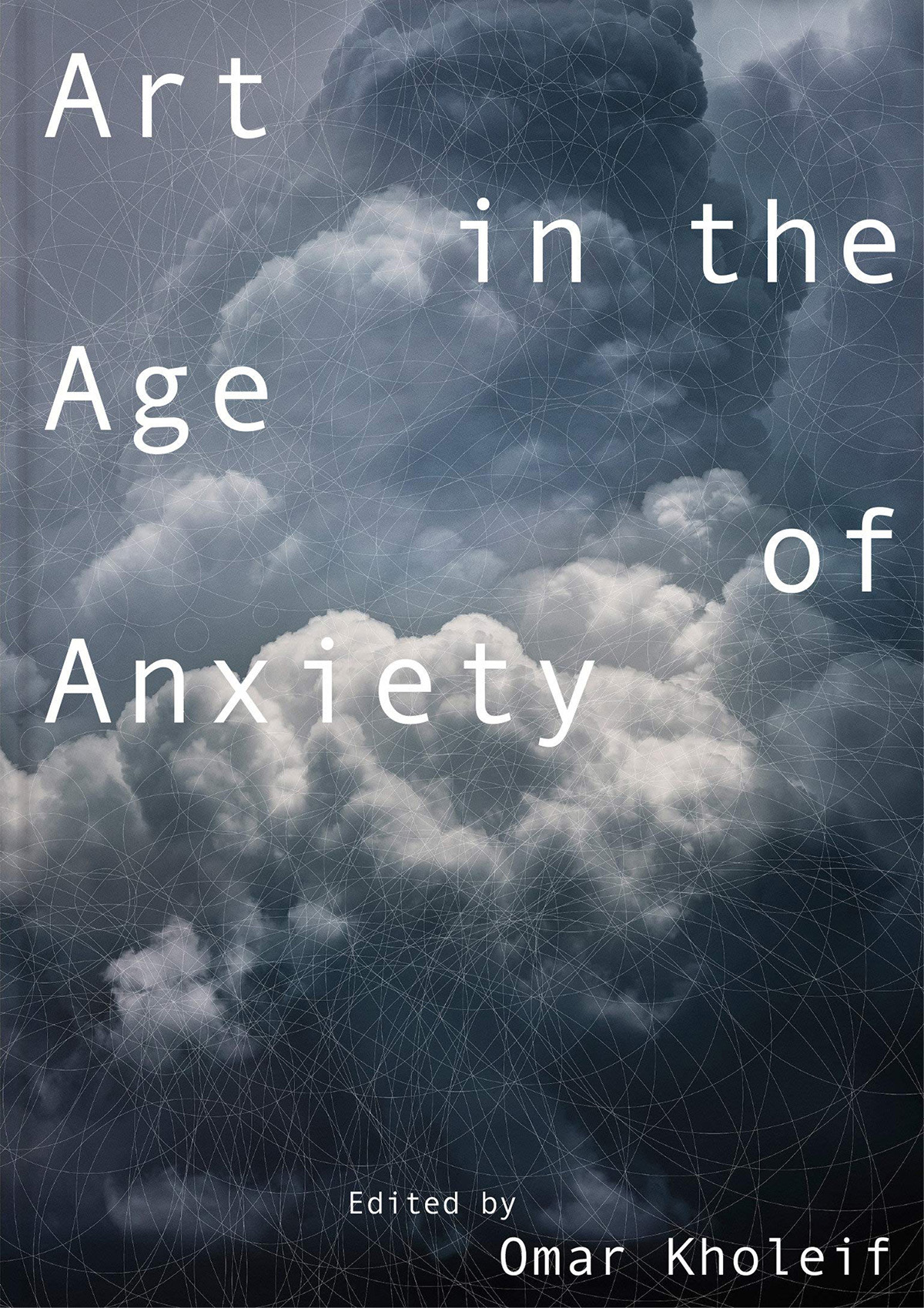
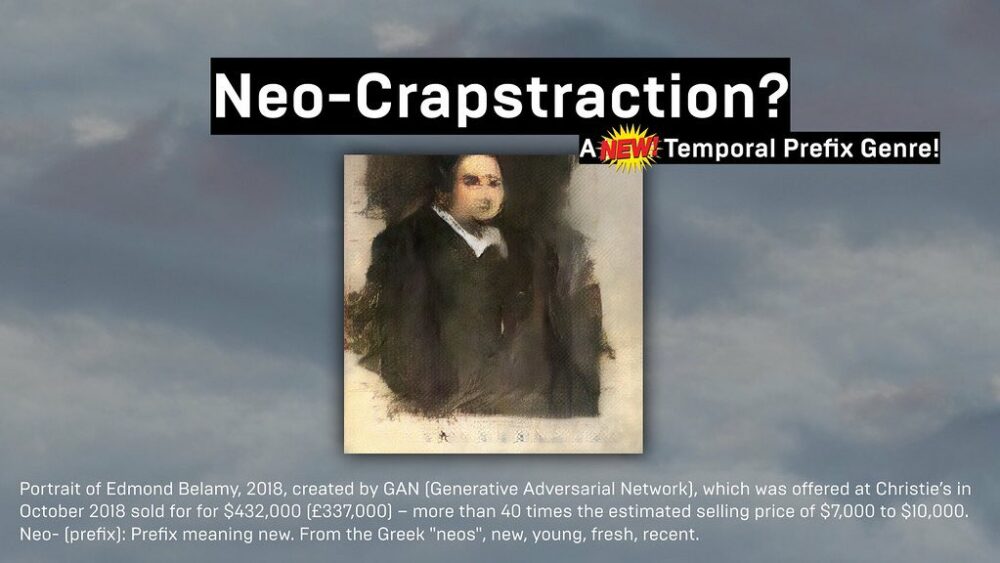
“Louder for everyone in the back: a Chinese rail system was completely halted after Adobe finally ceased all Flash support which is to say that there is a railroad out there RUNNING ON FLASH.”
“There was a heightened atmosphere in the room when I erased it, and I almost cracked.”
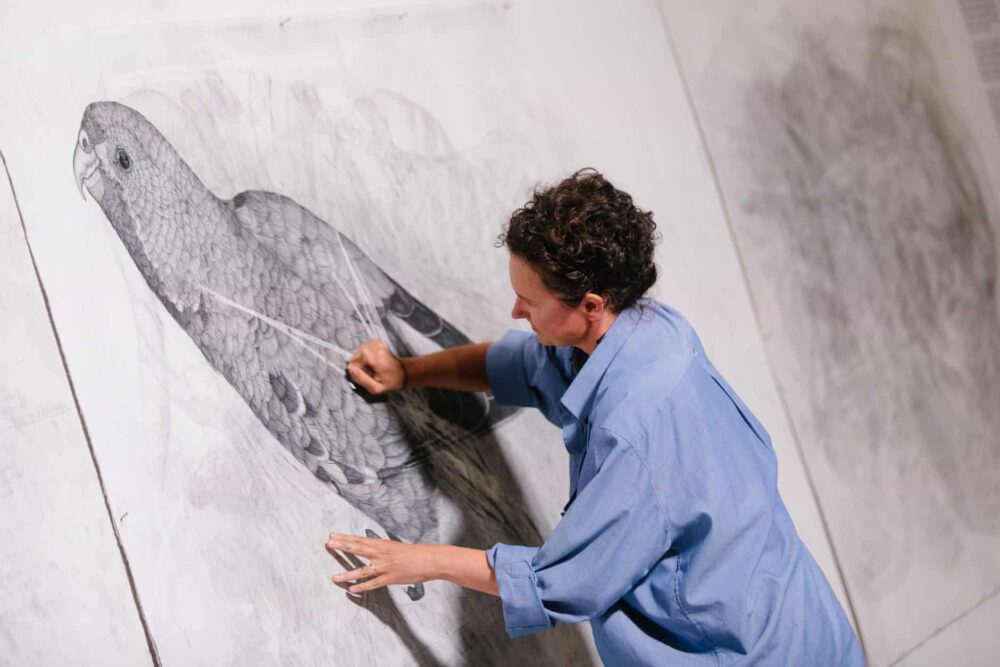
In Stacking Traumas (2021), a new site-specific mural opening at St. Louis’ Kemper Art Museum, born-Deaf sound artist Christine Sun Kim identifies three sources of traumatic experience, represented by three tables stacked on top of one another. Looming high above “dinner table syndrome” (table 1) and “hearing people anxiety” (table 2) is the name of Alexander Graham Bell, the inventor, scientist, and eugenicist who vociferously opposed teaching sign language to Deaf children.
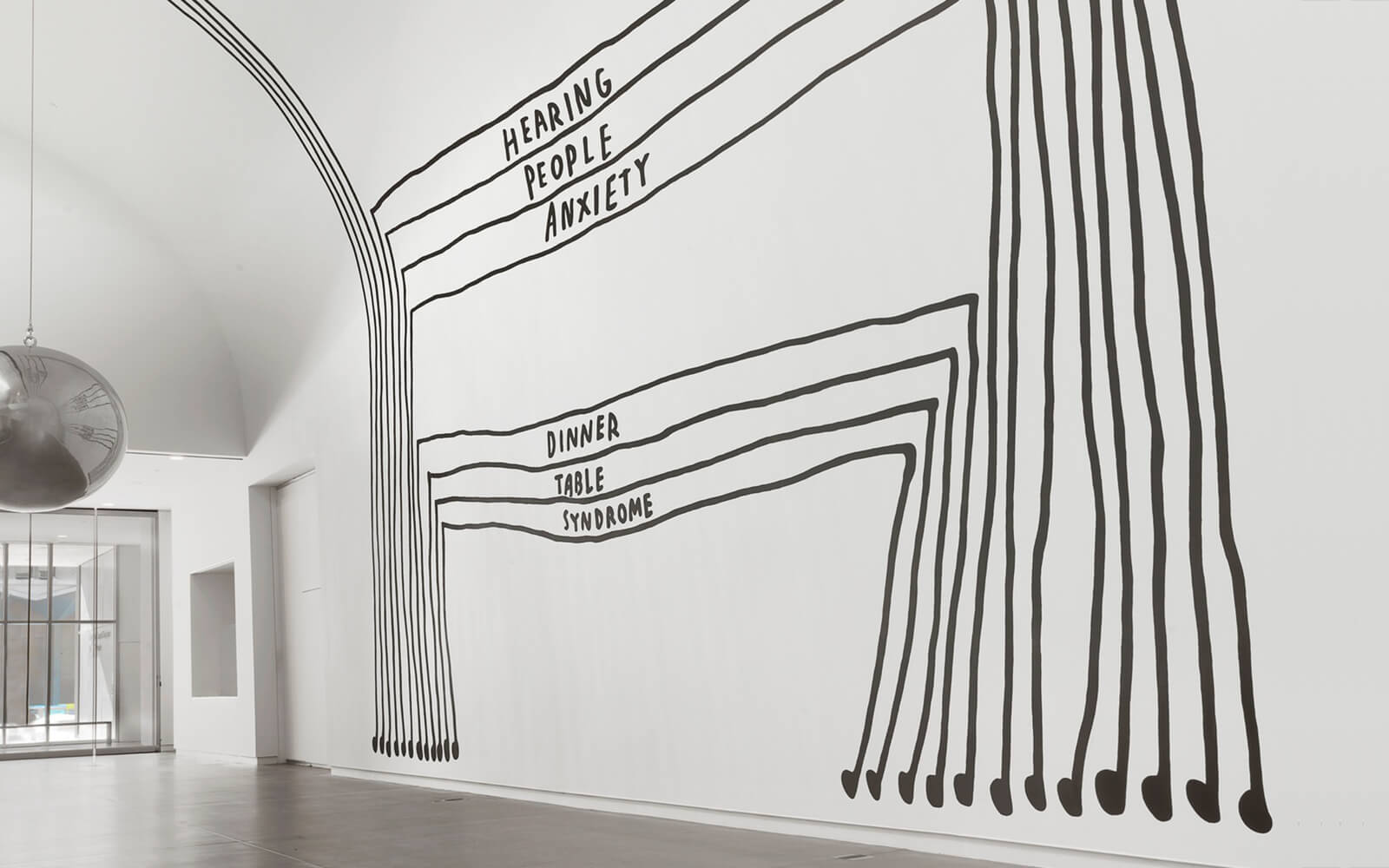
“It really started as a joke… I didn’t understand the game mechanics and how realistic the in-game lava and fire were, so my house burned down.”
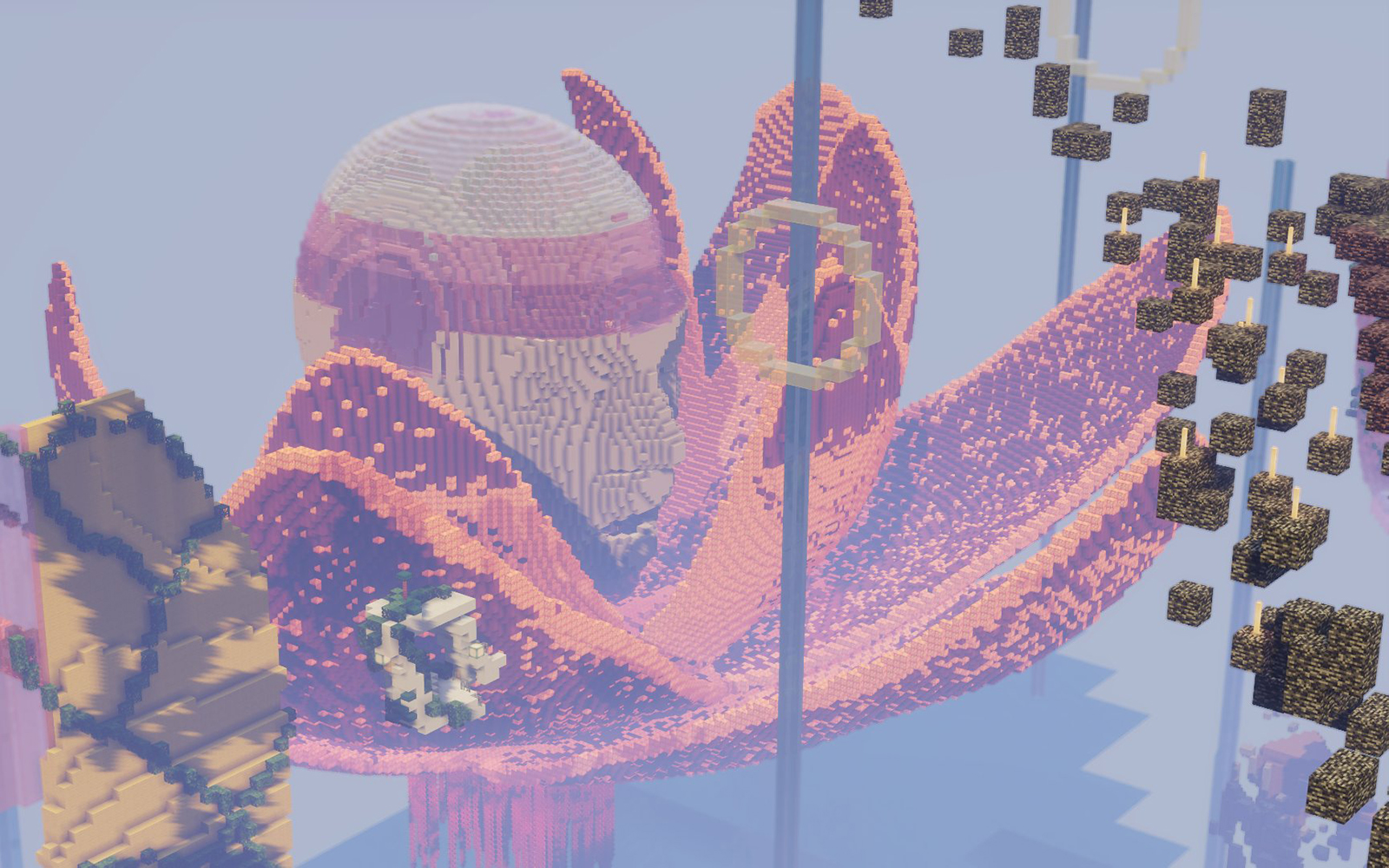
Daily discoveries at the nexus of art, science, technology, and culture: Get full access by becoming a HOLO Reader!
- Perspective: research, long-form analysis, and critical commentary
- Encounters: in-depth artist profiles and studio visits of pioneers and key innovators
- Stream: a timeline and news archive with 1,200+ entries and counting
- Edition: HOLO’s annual collector’s edition that captures the calendar year in print
